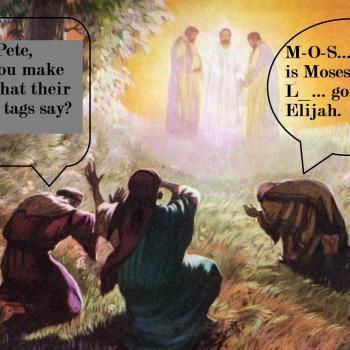I am long overdue to review Jodi Magness’ book Stone and Dung, Oil and Spit: Jewish Daily Life in the Time of Jesus on my blog. It is so full of interesting detail that it simply wouldn’t do to skim through it quickly.
Many readers will have encountered at some point a picture book which children as well as adults can browse, depicting life in the time of Jesus, full of pictures and with no footnotes or technical discussions.
This book is not like those volumes, but it might be helpful to think of Magness’ book as one of those, except written for adults, for readers who want more detail, and also want to know how it is that historians know these things about the time of Jesus. The footnotes, indexes, and bibliography are so extensive that they take up about 2/5 of the book’s 335 pages. This is a book not just about what we know, but how we know it.
The main sources that are brought to bear on the topics covered in the book are archaeology, the Dead Sea Scrolls, Rabbinic texts, Josephus, and the New Testament. Of particular interest to me is the discussion of burial practices as they relate to the burial of Jesus, the burial of crucifixion victims more generally, and the Talpiot tomb. Magness considers it unlikely that the Sanhedrin maintained a rock-cut tomb for the burial of criminals. Rock tombs were, as a rule, family tombs belonging to the wealthy. And so, had there been time to dig one before the Sabbath, Jesus would most naturally have been buried in a trench grave. Magness suggests that Joseph of Arimathea provided his own tomb for this emergency situation.
This seems unlikely to me, personally, both because the caves beneath the Church of the Holy Sepulcher seem to have been a graveyard rather than a family tomb, and because it seems that the issue of burial before sundown, and the digging of graves before the Sabbath, would have come up often enough that a solution would have been found that did not involve council members being buried in their family tombs. But be that as it may, Magness brings to bear on the subject a number of pieces of evidence and considerations that are often neglected in discussions of the burial of Jesus, and the different conclusions that she and I draw reflect the difficulty of knowing how to best interpret both the archaeological and textual data – and the resulting uncertainties for scholars.
Speaking more generally, the book’s title does depict the overall focus of the volume rather accurately: matters that pertain to purity are given the most attention – these range from food to relieving oneself, household vessels to dining customs. But other things that are available as archaeological data, such as coins and clothing, are also covered.
For anyone interested in the New Testament or its historical and cultural context, this is an important and very useful volume.













